Thom Sharp | The Antibody Series 2024
Thom Sharp is an Associate Professor at the University of Bristol, UK. Thom’s lab combines structural and synthetic biology to investigate the human immune system, as well as developing equipment, tools and methods to perform super-resolution light microscopy on samples prepared for cryoEM.
Thom was originally trained as a Biochemist before performing his PhD in Chemistry, at the University of Bristol, UK. His first postdoc was in Oxford, where he combined DNA nanotechnology with structural biology using cryoEM, and he then moved to Leiden, where applied his structural biology expertise to components of the complement system. In Leiden, Thom was awarded numerous grants and awards, including an ERC starting grant in 2017. In 2024, Thom moved his research back to Bristol, where his lab is focussed on in situ structural biology of various complexes involved in human immunity, including pentraxins, antibodies, and complement components, and how these structures can be used to inspire therapeutics.

Lecture
Structural biology of complement initiation by the C1 complex
In the classical pathway of complement activation, antigen-antibody immune complexes bind complement component C1 through its multimeric C1q recognition module, and activate the associated proteases C1r and C1s. This process initiates the proteolytic complement cascade that leads to clearance of the targeted cells. Complement can also be activated by pentraxins, proteins of the innate immune system that act as functional homologues of antibodies. However, how antibodies and pentraxins bind and activate C1 remains unclear. We apply multimodal imaging techniques to investigate the molecular steps in complement activation, through binding of pentraxins and antibodies and formation of oligomeric activatory platforms, and how C1 binds to these platforms. I will discuss how we use 3D cryo-electron tomography and structural biology, combined with AI-based structure prediction, to solve the structures of various complement components. Our recent work includes visualizing IgG3 antibodies for the first time, which revealed a unique oligomeric morphology, as well as how long and short pentraxins bind and activate complement. These structures reveal insights into various activation mechanisms and hint at future therapeutic interventions.
Register for the talk
This presentation and others can be viewed on-demand for free.
